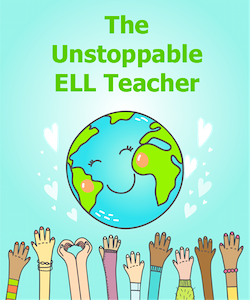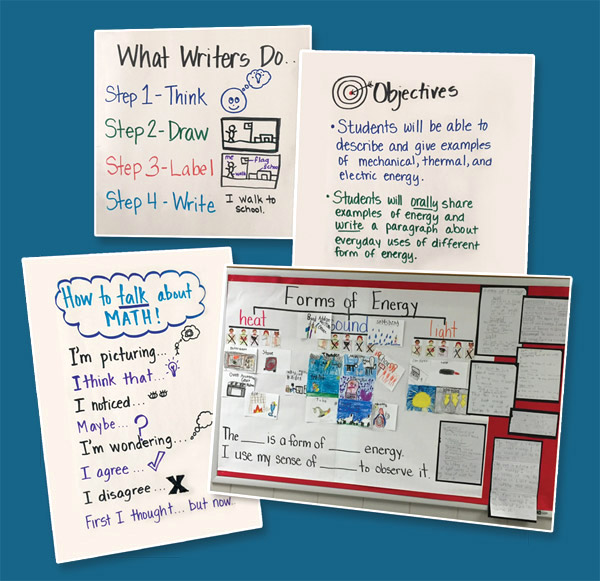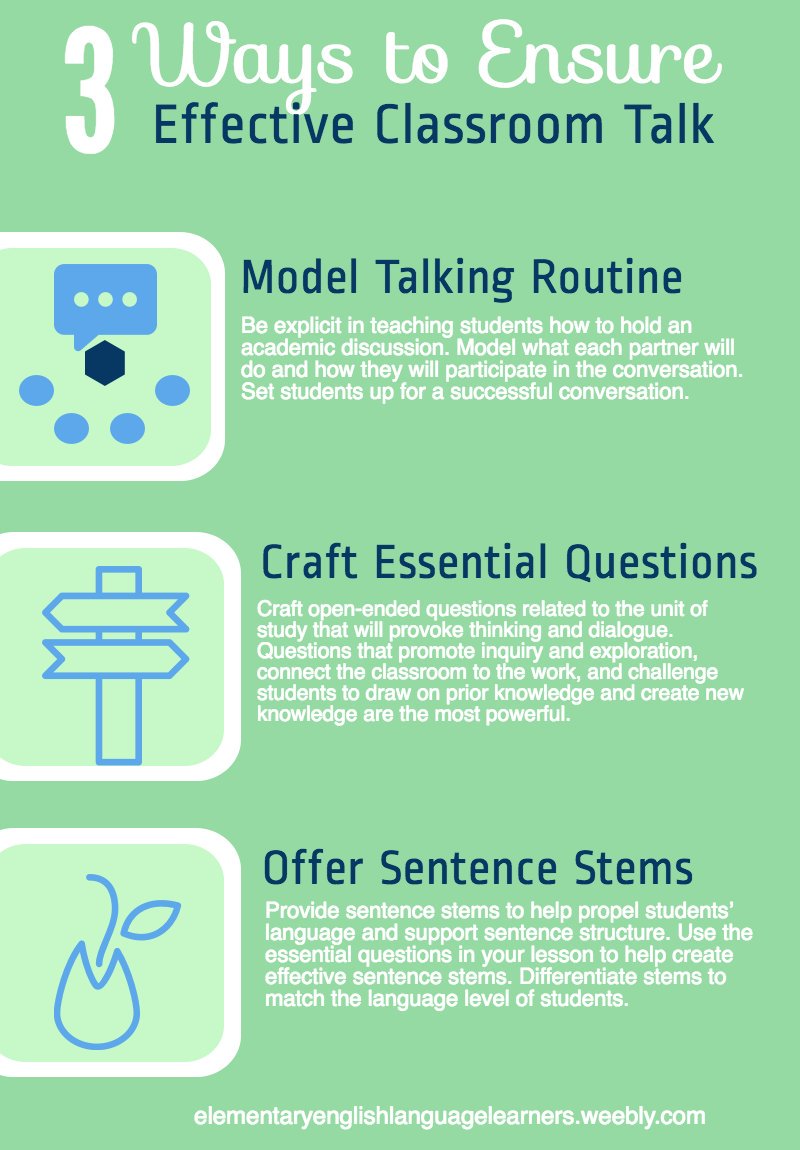7 Things to Do NOW for Our ELL Writers
A MiddleWeb Blog
 There is no time to waste. Our middle grade English learners are relying on us to help them advance in language proficiency quickly. The sense of urgency on our part must rise. Whether we teach ESL, math, science, language arts or another subject, we teach students first and they are counting on us.
There is no time to waste. Our middle grade English learners are relying on us to help them advance in language proficiency quickly. The sense of urgency on our part must rise. Whether we teach ESL, math, science, language arts or another subject, we teach students first and they are counting on us.
Writing supports every curriculum and is a lifelong skill that our students will need post-secondary. Here’s how you can build the writing skills of your English learners now:
Model, Model, Model
Each kid benefits from seeing how to write before they DO the writing. BUT for English learners this is even more important because language structures may vary from their native language.
For example, if I want my students to write about themselves describing their age, I might show them that in English we write: ” I am nine years old.” This is different from other languages like my native language where a person might say, “I have nine years.” Modeling what we expect from students gives them a clear goal for their writing.
Be Explicit
With English learners, being explicit with instruction is more than important. ELs have a heavy load. They are learning a new language, learning content, and possibly learning how to navigate a new culture. When we are explicit with instruction, we create a clear path to learning for them.
Content and language objectives are a great way to start when being explicit. For instance, “Today we are going to revise our writing for word choice. We will do this by reading our draft to a partner and discussing sound words.” Then use an anchor chart that supports these objectives. Show students how you to do it using clear, actionable steps and let them try.
Anchor Charts
Anchor charts that are clear and interactive and are made with student input are best for all students. If kids can go back to the anchor chart while the teacher is working with a small group and they use the anchor to support their independent learning, then it’s a good chart. The best anchor charts have minimal text and are supported with sketches, pictures or graphics.
An anchor chart is like a finger print of the teaching that took place. In some cases, students need their own mini-anchor chart to keep in their writing journal for easy reference. Taking a picture of the chart and printing it small or making a copy of the chart on a sticky note is a way to give the student an artifact from the lesson. On the contrary, if students cannot read the anchor chart, then it is useless to them and becomes nothing more than wallpaper.

Source: School Library Journal
Language Level
Know and understand each student’s language level and use this information to guide you as you plan instruction. Second language learners may need linguistic supports to achieve success with grade level expectations. As beginners in language, they may first need to use pictures in their writing. Labeling, copying, and talking about the pictures will support their language and writing growth.
The use of leveled sentence and paragraph frames will also benefit students as they continue to learn English. Remember that even students who are near grade level in English will still benefit from support in writing. Academic writing and grammatical structures can pose a struggle for students who are learning content and language simultaneously.
Sentence Stems
The use of sentence stems has become more common. And that’s a great thing. However, we can do better if we tailor the use of sentence stems to meet the specific needs of ELs.

Instead, we need to assess each student and prescribe what they need at the time (not all year because if we do a great job, they won’t need the same supports all year).
Targets
This seems pretty obvious, but it’s often forgotten. We all need targets. When I decided to go back to college to get my master’s degree, I had to complete an Action Research Project. I had never heard of one before, so in my mind it was a vague project. It was totally new to me. I couldn’t imagine how long it needed to be, what sections it had to include, what it looked like in general, etc. I needed examples of Action Research Projects in order to be able to hit the mark.
Our kids need the same, and these examples need to be attainable for them. They should be peer examples and not by adult authors. Yes, mentor texts are great, and I love reading them to my students, too. But I can’t possibly expect my ELs to write like Kate DiCamillo right now. I need them each to feel successful, and then I continue to lift the bar. Succeed, lift the bar, repeat. We have to immerse them in the genre.
Talk
The opportunity to talk and listen to a peer is vital for ELs. In the early stages of language development, they may be reluctant and that’s okay.
However, the opportunities for talk should always be present. Structured conversations don’t have to take long (35 seconds to 2 minutes) but their value is tremendous! My favorites are using talking heads or Q Triple S A.
We know that the person who does the talking is the one who is doing the learning. Unfortunately, if the talk is mostly coming from the teacher, then the teacher is probably learning more about the subject than the students are.
As a young teacher, I was guilty of being center-stage in my classroom and talking more than my students. I thought it was my job to deliver the content TO them. It was only after I realized that my talking was preventing them from uncovering the content that I had a mindshift. I had to let them do the talking.
I restructured the classroom environment and provided the students a way to discuss, negotiate for meaning, evaluate their thinking, and clarify by holding structured conversations.
Writing Is a Potent Elixir
When students talk before they write, their writing becomes more solid and definitely greater than without talk.
Writing is not just a way to check for understanding. Writing can help students to build on their existing knowledge. It can help them dig deeper into their thoughts and understandings.
Writing is a powerful way to support learning.



































Thank you so much for this post! I transitioned from an ELA position to ESL position this year. I often wondered if I was doing the right thing for my ELL students. This affirms so much of what we did in class but also gives me some great ideas on how to focus some strategies more intentionally.
Thank you for the feedback, Brooke. Being validated feels good. I’m happy to hear that this article resonated with you.